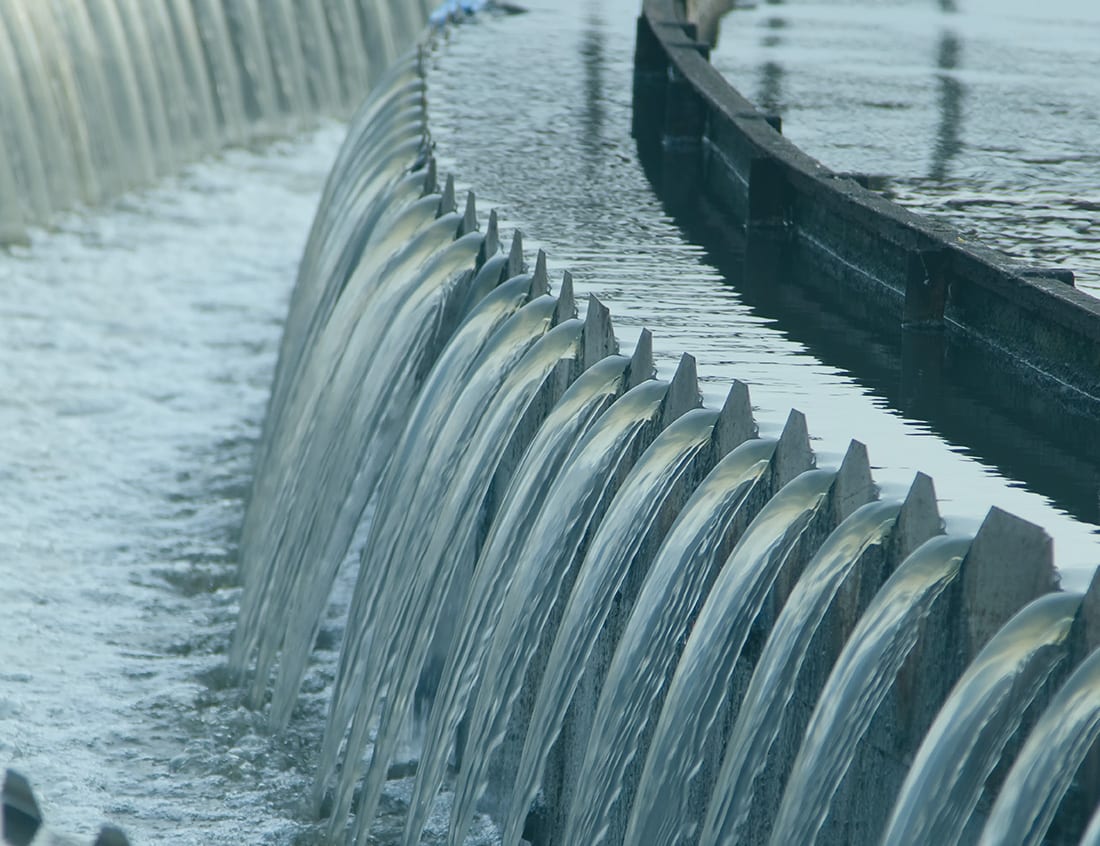
Industrial wastewater pretreatment is the removal of harmful contaminants before discharging water into municipal sewer systems or reusing it in plant operations. Proper pretreatment is essential for:
At ChemREADY, we specialize in industrial effluent treatment solutions, customizing pretreatment processes to help facilities cut costs, stay compliant, and improve water reuse efficiency.
🔹 Explore Our Wastewater Treatment Solutions
The pretreatment process starts with analyzing wastewater composition and determining discharge requirements. The primary goal is to remove waste solids, including:
This is achieved through chemical treatments and mechanical filtration methods.
Industrial wastewater pretreatment relies on chemical processes to remove dissolved contaminants and enhance solid separation. The three primary types of chemical treatment include:
pH control is crucial for wastewater pretreatment, especially for removing metal ions and dissolved chemicals. Common pH adjusters include:
These chemicals help precipitate metals into solid particles that can be filtered out.
🔹 Learn More About pH & Alkalinity Adjusters
Coagulants neutralize charged particles, allowing suspended solids to aggregate into a manageable form. These fall into two categories:
Flocculants help clump contaminants into larger particles that float or settle, making filtration easier. These include:
ChemREADY’s FlocREADY line offers a wide range of flocculants and coagulants tailored to your specific needs.
🔹 Discover FlocREADY Coagulants & Flocculants
With Nanofloc®, water treatment facilities achieve improved turbidity reduction, reduced chemical consumption, and optimized sludge handling — all without requiring major system changes.
🔹 Discover Nanofloc® Flocculants
After chemical pretreatment, wastewater undergoes filtration to remove solid contaminants. The most common filtration systems include:

🔹 Explore Our Filter Press Solutions
Selecting the best pretreatment method depends on your industry, wastewater composition, and compliance needs.
For industrial wastewater treatment:
At ChemREADY, we offer customized solutions for every industry and wastewater type.
🔹 Schedule a Consultation with Our Experts
ChemREADY provides comprehensive wastewater treatment solutions for industrial and municipal applications. Our services include:
🔹 Learn More About ChemREADY’s Wastewater Treatment Services
Pretreatment removes harmful contaminants from industrial wastewater before discharge or reuse, ensuring compliance with EPA and local regulations.
Common pretreatment chemicals include pH adjusters, coagulants, and flocculants, which help remove suspended solids, metals, and dissolved chemicals.
For most industries, filter presses offer the lowest operating cost and highest dewatering efficiency compared to belt presses and centrifuges.
We provide custom treatment plans, chemical solutions, filtration systems, and compliance consulting to help you reduce costs and stay compliant.
Nick Piskura is the Marketing and Web Development Specialist at ChemREADY who utilizes expertise in digital marketing strategies to provide knowledgeable insights in each segment of our business. Nick provides insights through web development and multimedia resources that support ChemREADY’s full range of services, including Legionella management, ANSI/AAMI ST108 compliance, boiler and cooling tower treatment, wastewater processing, and industrial water quality solutions.